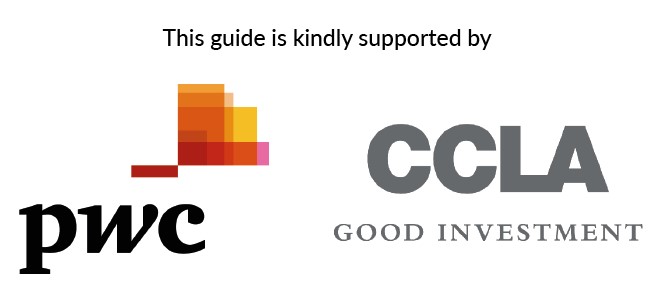Steps to becoming a Verified Carbon Neutral Organisation
1. Measuring
Break down the various departments in your charity and the activities that contribute to your greenhouse emissions such as vehicular usage, flights, and other forms of energy use. You can then measure the total amount of emissions from these activities. Make sure you aren’t just looking at your own emissions (scope 1 and scope 2) but also those that are caused by your actions in your upstream and downstream supply chain (scope 3).
2. Reducing
After calculating your emissions and identifying their source, it is time to come up with a strategy to cut back on emissions and overall pollution. Large organisations could recruit a team of people with specialist knowledge on a temporary or permanent basis, but most organisations are hiring external consultancies because this is such a fast-moving sector.
3. Offsetting
Carbon offsets counter the impact of greenhouse gas emissions that are caused by your activities. These are usually measured in metric tons of carbon dioxide equivalent (CO₂e). For example, methane is 30 times more warming than CO2 – some greenhouse gases, such as those used as in air conditioning systems, are hundreds or even thousands of times more warming (but emitted in much smaller quantities). For every metric ton emitted, purchased carbon credits are used to fund activities that can prevent a ton from being emitted elsewhere. Carbon credits can be bought to compensate for emissions and contribute to achieving your emission reduction goals. Not all carbon credits and offset schemes are created equal though; many are of poor quality and minimal benefit.
4. Verification
When you have completed the first three steps, it is now time to seek professional confirmation of the claim you wish to make. This is done in the form of verification by a suitably qualified third party. In simple terms, they will provide an independent review of your carbon measurement, reduction, and offsetting to ensure it is genuine.
One of the most important considerations with verification is to ensure the verifier is truly independent of the work done reaching this point. It will result in your claims having much more credibility in the market and avoiding the risk of “greenwash”, the label that is attributed to organisations that make false or misleading claims about their emissions.
Create Awareness
By spreading awareness of your progress towards carbion neutrality to the public, your supporters and your stakeholders, you are demonstrating your commitment to t the well-being of the environment, which is in everyone’s best interests.
Greenwashing
Becoming verified as carbon neutral is important for various reasons. Regardless of your political standpoint, it is in everyone’s common interest to protect our planet from further degradation. Climate change is a growing issue, and it is becoming more real and more imminent. By aiming to attain verified carbon neutrality, charities can save money spent on fuel and other non-renewable sources of energy used in travelling and other things like heating.
“We are concerned about our carbon footprint, therefore, we have calculated our carbon footprint and are happy that the impact we are having as a business is low.”
This is something we hear on a daily basis. However, think about this; your carbon footprint has been calculated using the data you have internally. The sentence above nearly always applies to what the Greenhouse Gas Protocol terms as scope 1 and scope 2 emissions. These are calculated from the data you have within the charity, for emissions that are under your control. It’s a great start, at least you have done something!
Sticking your energy bills and vehicle fuel bills into an online calculator that tells you that you emit 1500 tonnes of CO2 and that all you need to do is buy eight acres of tree planting to offset it for ever, is not good enough and is definitely greenwashing.
I was told this by a finance director recently and he declared they would be net zero as soon as they had done this. Luckily, they are B2B and haven’t published any of these claims, so no real harm done?
But supply chains contribute, on average, 60% to 80% of an organisation’s total emissions. These emissions are included in what is known as scope 3.
About scope 3 and why we should account for them. Read on...
If you would like to find out more about procurement and net zero, please get in touch with Gillian Gibbon at Auditel. You can email Gillian or head to Auditel's website for more contact details.
Contents
1. Introduction from Richard Sagar, CFG
2. It's time to get real about ESG
3. Building a net zero strategy
4. Funding on a finite planet
5. Understanding energy consumption
6. Net zero and procurement part 1
Part 2: Steps to becoming verified carbon neutral
Part 3: What are scope 3 emissions? Why account for them?
7. Pensions and net zero part 1
Part 2: Risks and opportunities
